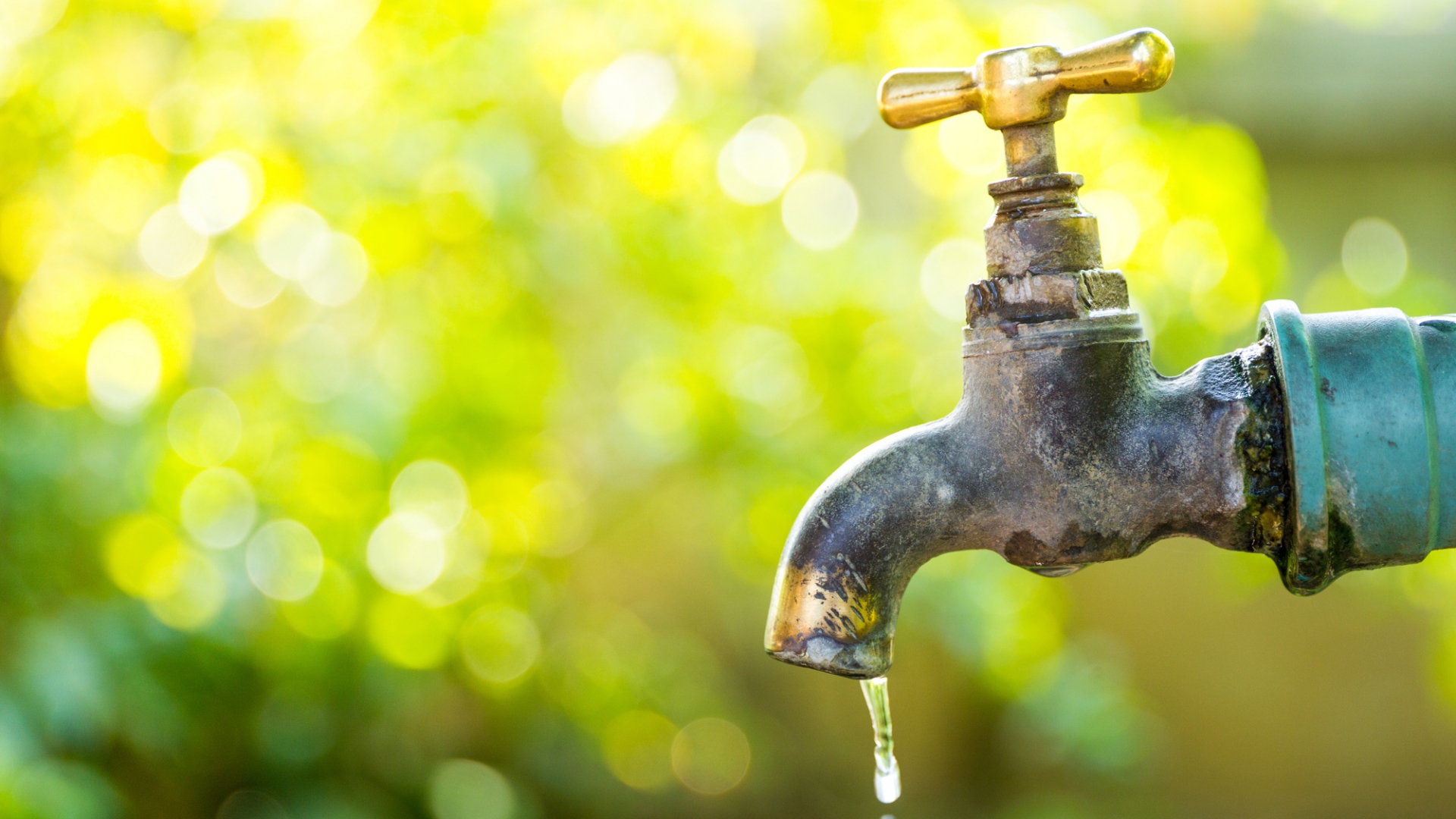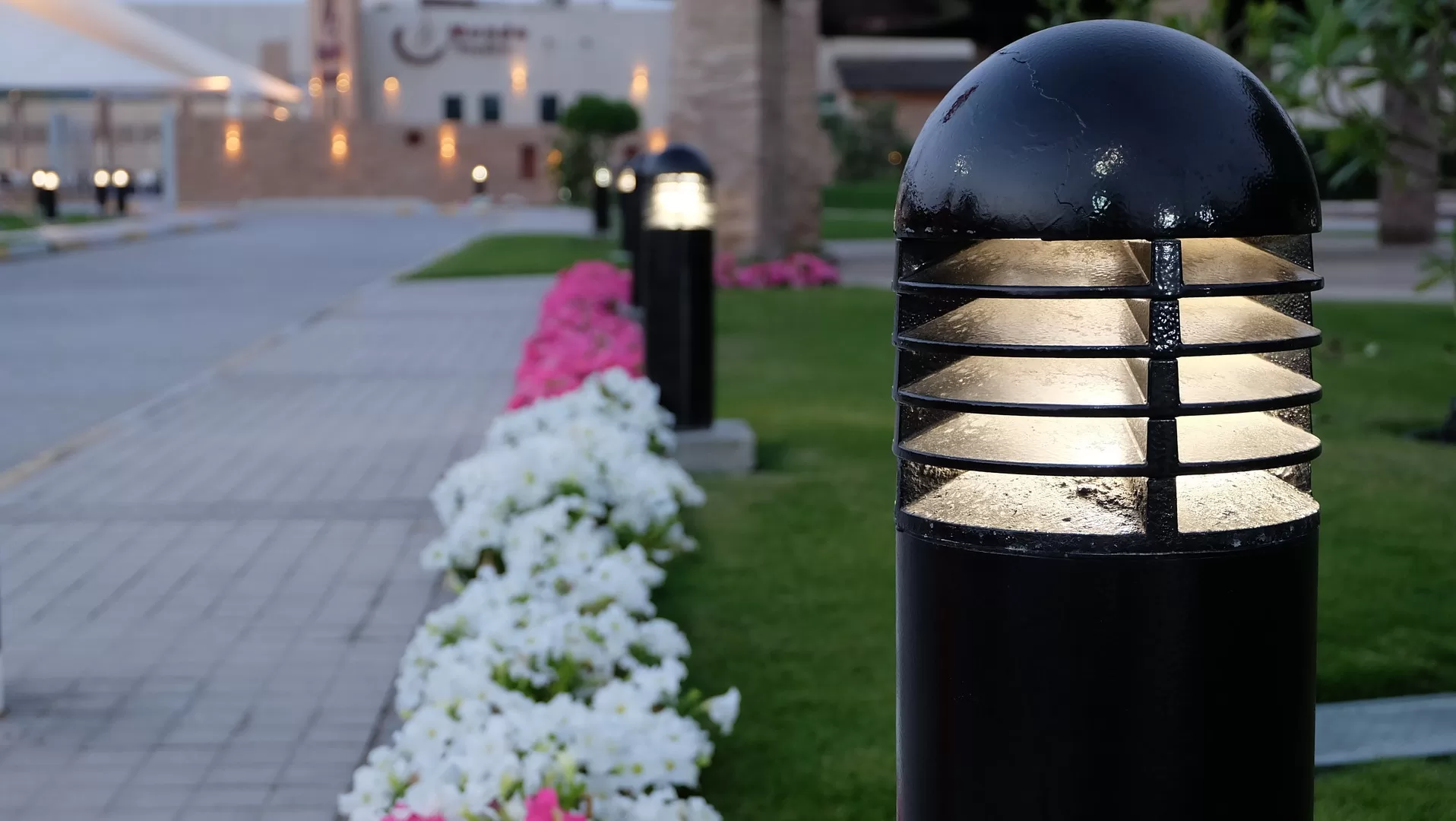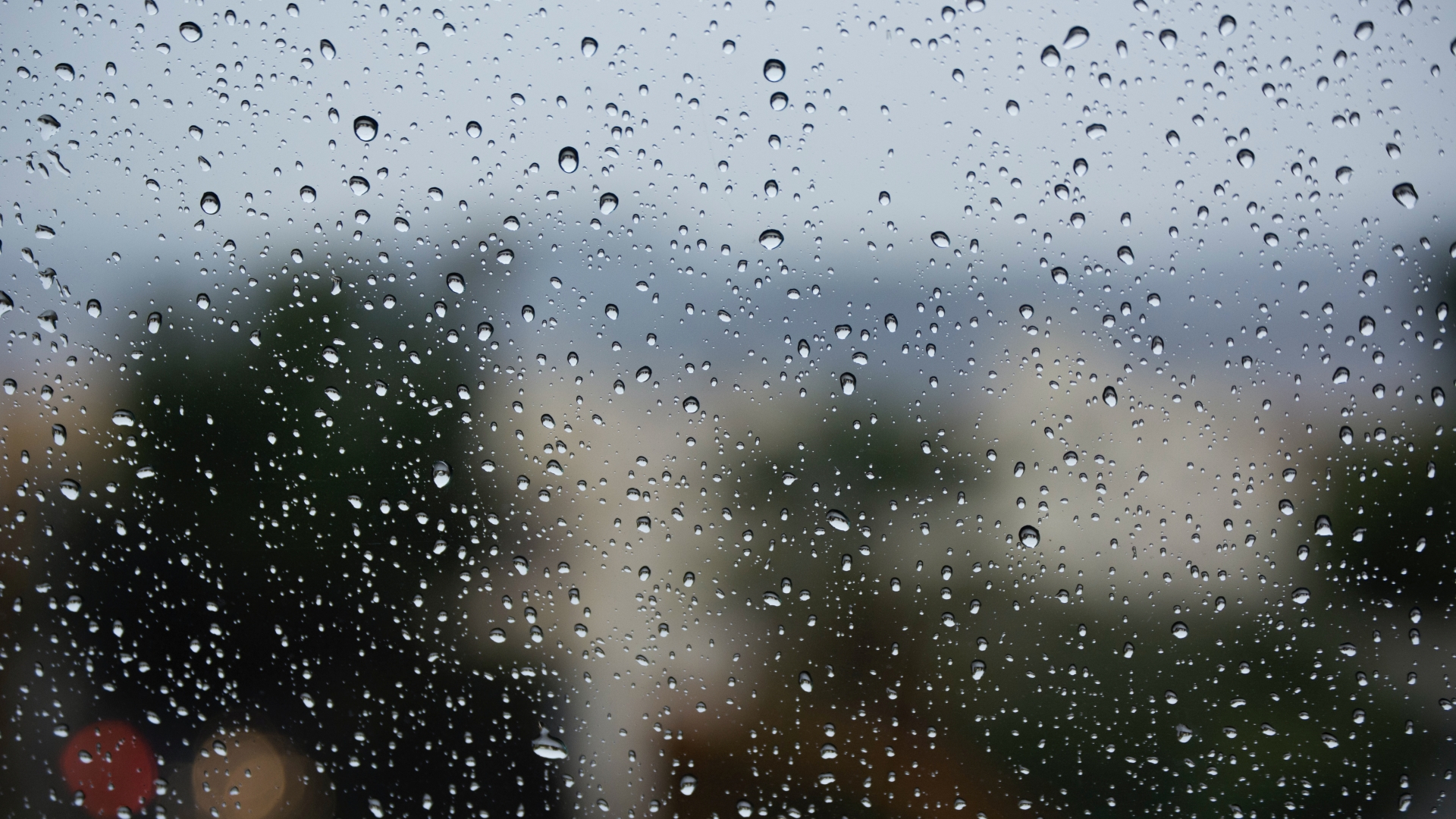Late summer and early fall provide a unique window of opportunity for landscaping enthusiasts. It’s a time when you can rejuvenate your outdoor spaces, preparing them for the colder months ahead while still enjoying the pleasant weather.
In this guide prepared by Brisk Landscaping in Melbourne, we will explore landscaping tips tailored for the late summer and early fall seasons, helping you make the most of this transitional period and achieve a beautiful, well-prepared yard.
1. Lawn Maintenance
Late summer and early fall are ideal times for lawn care. Start by mowing your lawn slightly shorter than usual to prevent snow mold from forming. Clear any debris, like fallen leaves or branches, which can suffocate the grass and create dead spots. Consider aerating your lawn to improve soil compaction and encourage healthier grass growth. Don’t forget to continue watering your lawn as needed, as late summer and early fall can still be dry in some regions.
2. Planting and Transplanting
These transitional months are great for planting and transplanting a variety of plants. The cooler temperatures and still-warm soil create optimal conditions for new growth. Consider adding late-season flowers like chrysanthemums, asters, or ornamental grasses for a burst of color. It’s also a good time to divide and transplant perennials, allowing them to establish roots before winter.
3. Mulching
Mulching is essential in late summer and early fall. A layer of mulch helps to retain soil moisture, regulate soil temperature, and prevent weed growth. Organic mulch, such as wood chips or shredded leaves, is an excellent choice. It decomposes over time, enriching the soil with nutrients.
4. Fertilizing
Late summer is the right time to apply a slow-release, balanced fertilizer to your lawn and garden beds. This helps the grass and plants build strong roots and store energy for the winter. Make sure to follow the recommended application rates and water well after fertilizing.
5. Pruning and Trimming
Pruning and trimming are essential to maintain the health and shape of your plants. Remove any dead or diseased branches, as well as overgrown or leggy growth. This process encourages new growth and helps prevent the spread of diseases. Be cautious not to prune too late into the season, as it can stimulate new growth that may not have time to harden before winter.
6. Garden Bed Cleanup
Late summer and early fall are excellent times to clean up your garden beds. Remove spent annuals and trim back perennials, leaving only a few inches of growth above the ground. Be sure to remove all debris to reduce the risk of disease and pests.
7. Adding Hardscaping Elements
Late summer and early fall are perfect for adding hardscaping elements to your landscape. Whether it’s building a new patio, installing a stone walkway, or creating a seating area, the cooler weather makes working outdoors more comfortable. Hardscaping elements can add structure and function to your outdoor space, creating beautiful, low-maintenance areas for relaxation and entertainment.
8. Wildlife-Friendly Landscaping
Late summer and early fall are crucial times for wildlife to prepare for the winter. Consider planting native plants that provide food and shelter for birds, bees, and other wildlife. Installing bird feeders or birdhouses can also attract a variety of avian visitors to your yard, providing a delightful natural display.
9. Plan for Next Year
Late summer and early fall are ideal for planning and making changes for the following year. Take stock of what worked and what didn’t in your current landscape. Are there any structural changes you want to make? Do you want to redesign certain areas? Consider starting a garden journal to record your thoughts and ideas for the coming seasons.
10. Lawn Seeding and Repair
If your lawn has bare spots or thin areas, late summer and early fall are excellent times for lawn seeding and repair. Before seeding, ensure the soil is well-prepared by loosening it with a rake and adding a thin layer of compost. After seeding, lightly rake the area again to cover the seeds, and keep them consistently moist until they germinate.
11. Composting
Late summer and early fall provide an abundance of organic material, including fallen leaves, grass clippings, and garden debris. Instead of throwing these materials away, use them to create rich compost for your garden. Composting not only reduces waste but also provides a natural, nutrient-rich soil conditioner for your plants.
12. Preparing for Winter
While it may feel early, it’s essential to start thinking about winterizing your landscape. Trim back any shrubs or trees that might be at risk of heavy snowfall damage. Consider wrapping vulnerable plants or installing burlap screens to protect them from winter winds and salt damage. Make any necessary repairs to hardscaping elements, such as patios and walkways, to ensure they withstand winter’s freeze and thaw cycles.
Conclusion
Late summer and early fall offer a unique opportunity to revitalize your landscape. By following these landscaping tips, you can make the most of this transitional season. Your yard will not only look its best, but it will also be better prepared to face the challenges of winter. Whether you’re planting new additions, caring for existing plants, or adding hardscaping elements, your outdoor space will be a source of pride and enjoyment well into the colder months.











